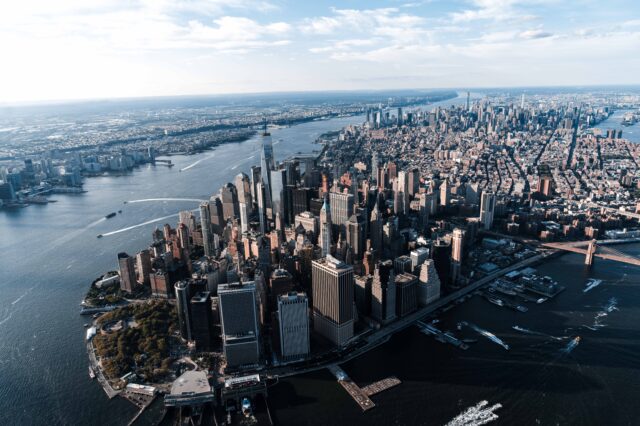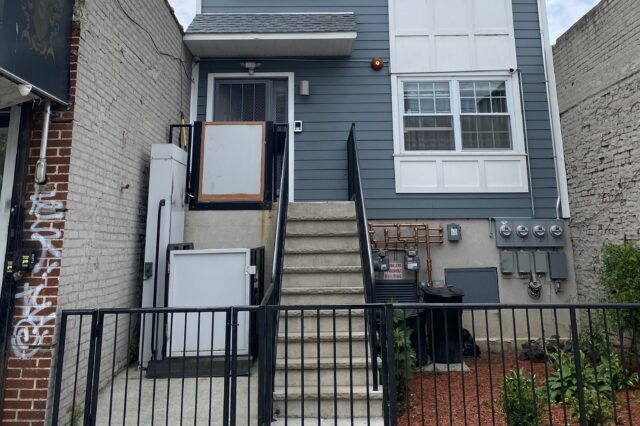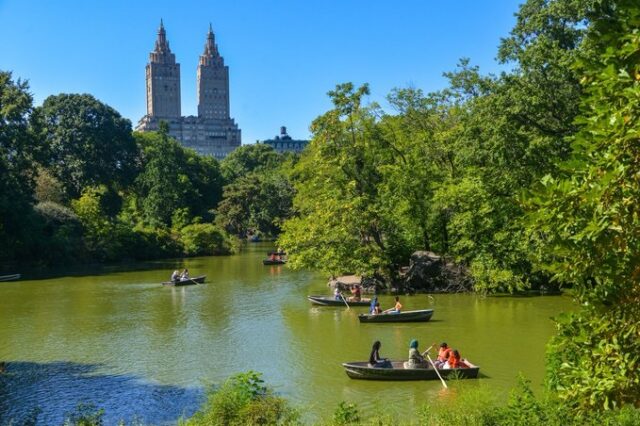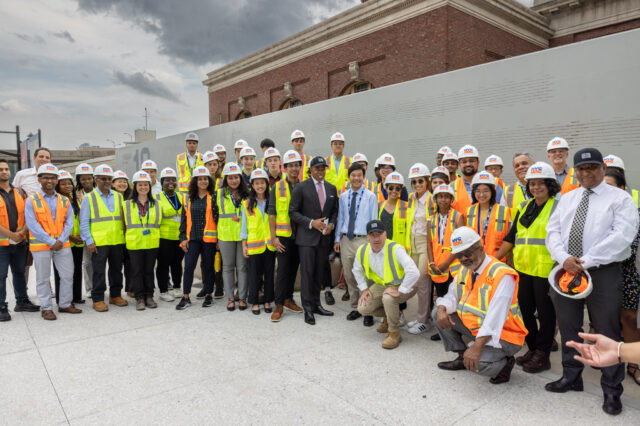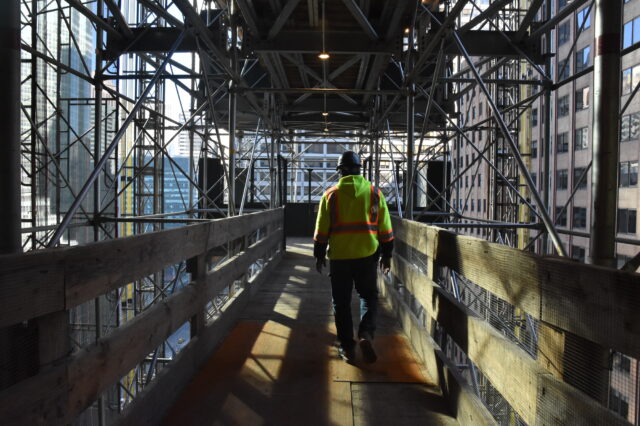Foam and Plastic Bag Bans
In 2019, after years of litigation by the plastics industry, the NYC Department of Sanitation (DSNY) implemented a ban on single-use foam food-service items and packing peanuts. In accordance with Local Law 142 of 2013, DSNY determined that post-consumer, single-use foam food and beverage containers cannot be recycled in a manner that is economically feasible, environmentally effective, and safe for employees as part of the City’s curbside recycling program. DSNY conducted extensive outreach to covered businesses prior to rolling out the ban and offered a six-month warning period prior to enforcement.
New York City passed the landmark plastic bag fee legislation in 2016, only to be preempted by New York State legislature. As a result of advocacy by the City, along with other jurisdictions and interested groups, the State legislature passed the New York State Plastic Bag Ban in 2019. The plastic bag ban will help reduce some of the 10 billion single-use carryout bags used by New Yorkers every year. The ban took effect in 2020 and, pursuant to Local Law 100 of 2019, includes a five-cent fee on paper bags to fund reusable bag distribution and further incentivize the use of reusable bags. Since 2016, DSNY has distributed more than 1 million reusable bags to New Yorkers.




